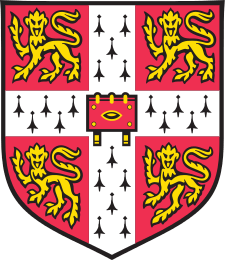Marshall Library of Economics

History and Architecture
The Marshall Library of Economics at Cambridge University is the outgrowth of a Moral Sciences Library begun in 1885 by Professor Alfred Marshall and Professor Henry Sidgwick, consisting largely of their own books and housed in the School of Divinity. Since 2012 the library also contains books of the Centre of Development Studies, which previously was housed in the Mill Lane Library.
Upon his death in 1924, Professor Marshall bequeathed much of his personal library to Cambridge. In his honour, the expanded collection was named "The Marshall Library of Economics", and moved to larger quarters on Downing Street. In 1935, it took over the former Squire Law Library, and in the early 1960s relocated once again to its present home in Sidgwick Avenue. The Marshall Library is housed within the Austin Robinson Building (which is home to the Faculty of Economics), designed by Hugh Casson.
Collections
Nowadays the Library does not only cover Economics and Applied Economics, but also Development Studies. The collection consists of approximately 75,000 monographs, 25,000 vols of periodicals and serials, 30 current periodical titles (print).[1] The historic collection includes about 4,000 rare books, and various archival materials of economists (e.g. John Neville Keynes, Arthur Pigou, Austin Robinson).
External links
References
Coordinates: 52°12′03″N 0°06′32″E / 52.200789°N 0.108985°E
